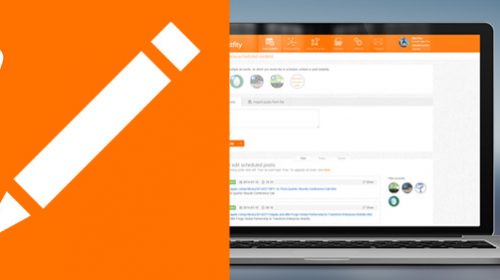It’s hard to imagine our lives without social media now – on average, we spend 147 minutes on social media every day, according to the latest research from 2023 (in 2020, it was 135 minutes). So, it’s also equally hard to imagine that the history of social media dates back only to the late 1990s/ early 2000s.
Nothing is perfect from the very start – and the most popular social media certainly didn’t look the way they do now at the very beginning. If you’re curious about the history of social media – how it all started, who founded the different platforms, and how they developed and changed over time – this post is for you 😉
If you’re interested in a specific platform, jump to the relevant section below:
- The history of social media – how it all began
- History of social media – early networks: SixDegrees, Friendster, MySpace
- The history of Facebook
- The history of Twitter
- The history of Instagram
- The history of Linkedin
- The history of Google+
- The future of social media
The history of social media – how it all began?
The history of social media started with the advent of the Internet in the 1970s. Various organizations have been working to try and find means through which computers could communicate with each other. But it was not until the 1980s that computers became more popular – thereby setting the stage for the advent of social media.
Moreover, the introduction of blogging in the 1990s had a major contribution in ushering in the new social media age. The notion that one could jot down what they were thinking, doing or feeling, after logging into the Internet, and have other people read their posts – sparked the need for sharing more about our personal lives in general.
History of social media – early networks: SixDegrees, Friendster, MySpace
SixDegrees
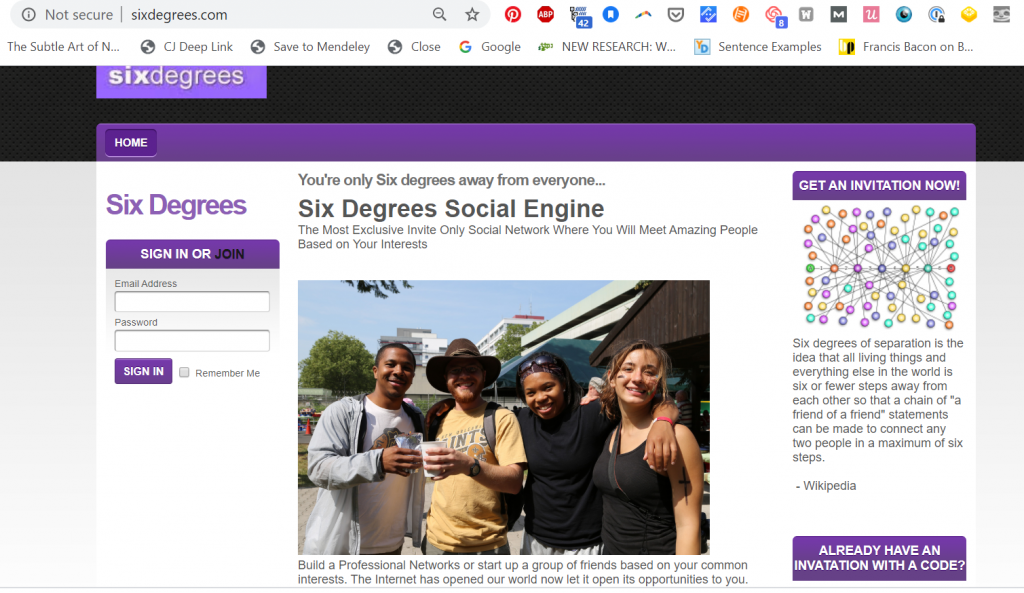
The beginnings of social media date back to the early 2000s, and SixDegrees.com is one of the first social media sites that has come into existence. Founded by Andrew Weinreich in 1997, SixDegrees allowed you to set up a profile page, create connection lists, and send messages within networks. More than a million people were using the site before it was purchased, and soon afterwards collapsed amidst the dot-com bubble burst in 2000. And despite its fatal fall, it made a comeback and is online today – a living museum of early social media…
Friendster
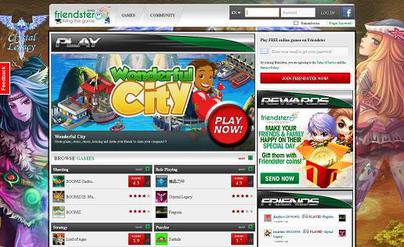
After the boarding up of Six Degrees, another ‘early’ social network emerged – under the name of Friendster. This site also allowed people to sign up using their emails, make friends, and save them in their networks. Also, people could share messages, videos, and photos with other users. Additionally, they could leave comments on a person’s profile as long as they were part of the same network.
MySpace
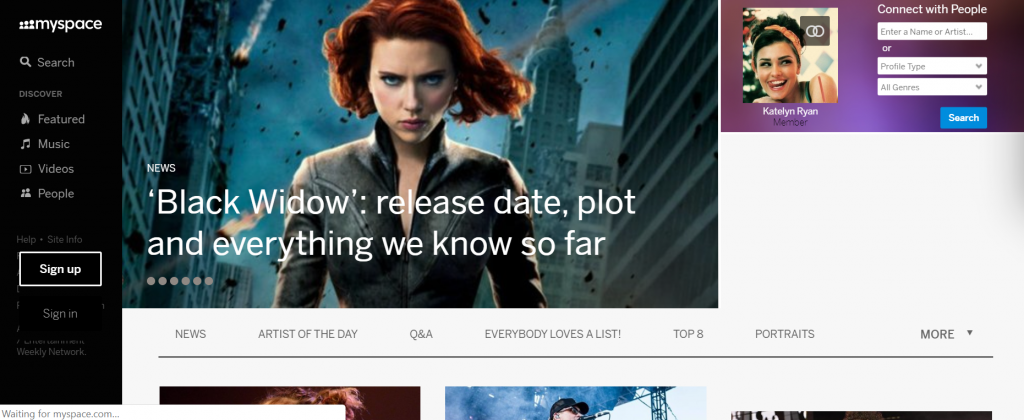
Between the years 2005-2008, MySpace was the largest social network site in the world. It was founded in August 2003 by a group of employees of a US company -Chris DeWolfe, Tom Anderson, and Jon Hart, who had Friendster accounts and saw potential in the social networking platform. The site was ready in 10 days and grew rapidly in popularity among teenagers. Myspace was acquired by News Corporation in July 2005 for $580 million, and in June 2006, surpassed Google as the most visited website in the United States. Since the international spread of Facebook in 2007, though, the site began to decline rapidly and was overtaken by Facebook in 2008. Since then, myspace has continued to operate, but at a much smaller scale than its biggest rival.
The History of Facebook
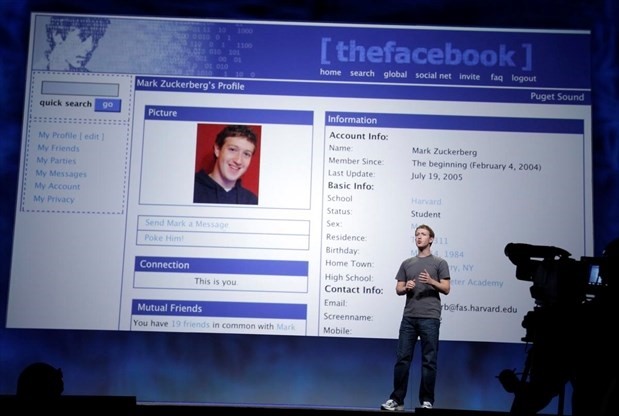
The biggest milestone in the history of social media is definitely the emergence of Facebook 16 years ago.
Facebook was founded by Mark Zuckerberg on February 4, 2004, alongside Chris Hughes, Eduardo Saverin, Dustin Moskovitz, and Andrew McCollom. It started as an elite social media site for Harvard students, but it came to spread to other schools such as MIT and the Ivy League. But, after 2006, anyone above 13 years of age could use it irrespective of having a university affiliation.
Facebook grew fast after its launch and successive expansion, surpassing MySpace as it had the biggest number of visits worldwide. It ranks among the top-visited sites in the world. In 2012, it went public and got a $104 billion valuation, hence making it one of the highest IPO valuations. Mark Zuckerberg is still the CEO of Facebook.
Meta
In October 2021, Facebook made a significant strategic shift and rebranded itself as Meta. This rebranding reflects the company’s vision to go beyond the boundaries of traditional social media and dive into the development of the metaverse, a virtual reality-based environment that aims to revolutionize how people communicate, work, and interact in a digital space. Meta envisions a future where users can engage in immersive experiences, explore virtual worlds, and connect with others on a deeper level, transcending the limitations of traditional social media platforms.
RELATED: Facebook turns 16! See how it changed over the years
New Facebook Interface in Beta – see the 6 major changes
The History of Twitter
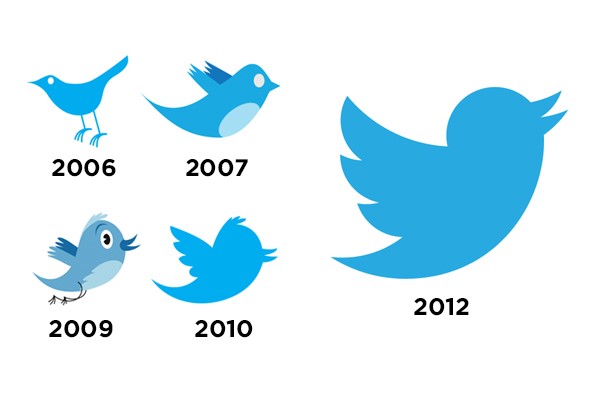
Twitter was founded by Jack Dorsey, Evan Williams, Noah Glass, and Biz Stone o March 21, 2006. It differentiated itself from other platforms by restricting the posts its users could send (referred to as ‘Tweets’) to only 140 characters. It held onto this policy till 2017, then doubled the character limit in every language except Korean, Japanese, and Chinese. It went public in 2013 with a valuation of $14.2 billion. The current CEO is Linda Yaccarino.
RELATED: The ultimate Twitter marketing strategy
Twitter hashtag strategy for 2020 you must know
The History of Instagram
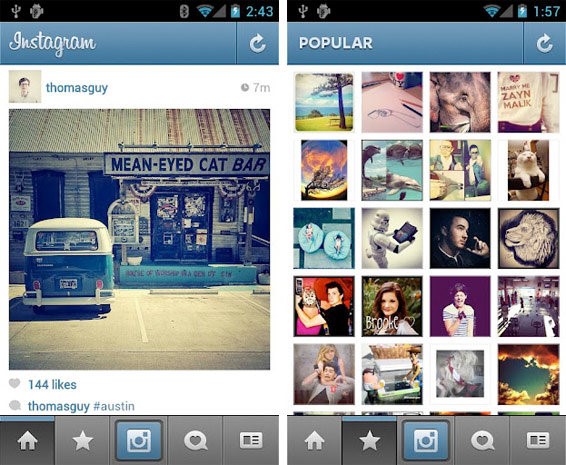
Instagram was launched by Mike Krieger and Kevin Systrom on October 6, 2010.
Systrom was a marker learning how to code at night. The prototype app he created was called Burbn, and it allowed users to check-in from their location via a mobile app.
The idea exploded by chance after Systrom met some VC employees at a party. The following meeting prompted him to quit his job and raise a $ 500,000 investment.
After being joined by Mike Krieger, the team decided to pivot and focus on images. They killed all the app features apart from adding photos, commenting, and liking.
The app was also rebranded as Instagram – which is short for ‘instant telegram’.
The app, which apparently took only 8 weeks to build, became extremely popular within weeks of its launch on 6 October 2010: attracting 100,000 signups in a week, and increasing to 1 million users in just 2 months. Facebook purchased it in 2012 for $1 billion. Its current CEO is Adam Mosseri (previously Kevin Systrom), and the app is 1.21 billion users strong and growing (to give you an idea how fast it’s growing, in 2020, it was 600 million).
The History of Linkedin
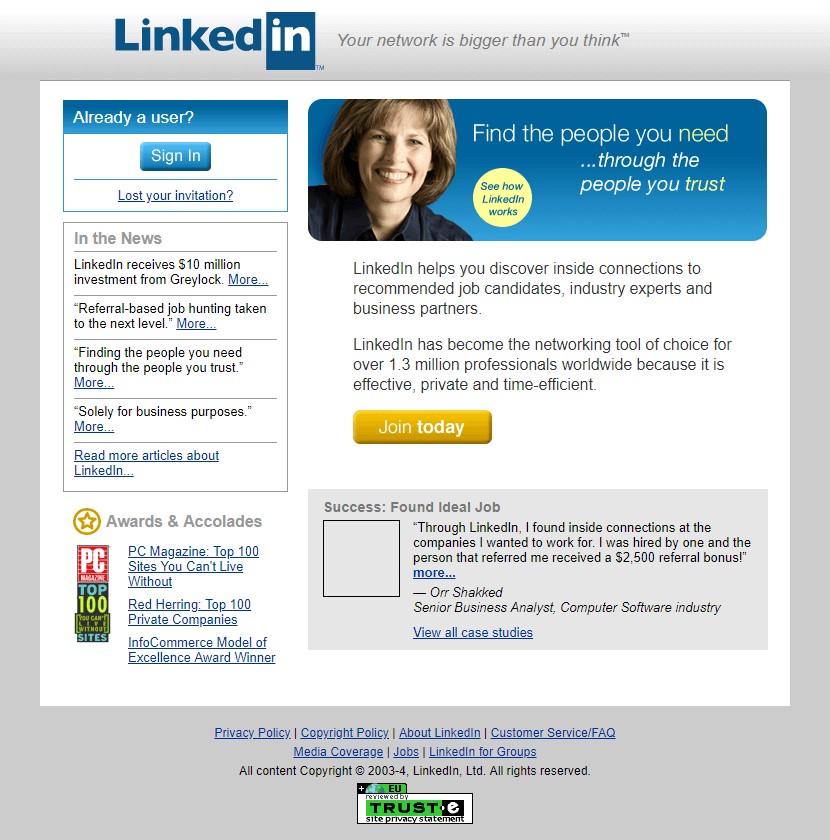
LinkedIn is also one of the early social media sites which can help answer the question, ‘When did social media start?’ It was created by Reid Hoffman Eric L, Allen Blue, Jean-Luc Valliant, and Konstantin Guericke, on December 28, 2002. Its initial primary focus was on professional networking, thereby enabling people to connect with school and business contacts. Today, it still serves these purposes. Its current CEO is Ryan Roslansky, who took over in 2020.
The History of Google+
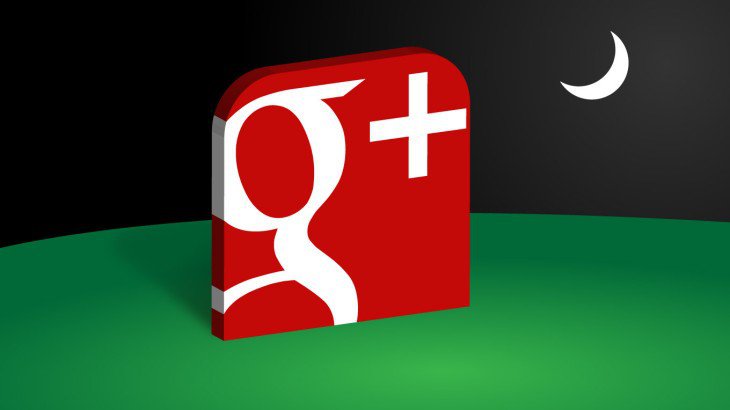
Introduced in 2011, Google+ is a social project that has been introduced by tech giants Google. This project promoted a consumer-facing social network and was aimed to rival Facebook at its beginning. However, its lifespan came to an abrupt end when Google decided to shut down the project in 2019 due to a low volume of users, engagement, and other development issues. If you are curious to know more about how this once very anticipated project came to a halt, you can check it out here.
The future of social media – Social Media going private
As you probably know, a lot has changed since the onset of social media in the early 2000s. Due to growing privacy concerns sparked by security breaches such as the Cambridge Analytica data scandal, whereby publicly available data from Facebook were mined and misappropriated for political advertising purpose, social media are shifting due to:
- Closure of open graph (public availability of profile likes and event attendance in 2019)
- The shift from posting to private messaging
- Development of niche social networks to cater to more individual tastes and minorities
- The fear of sharing due to ‘Everyone, including your boss and grandma’ being on Facebook
- Fear of being fired, rejected or sued over one’s publicly shared opinions
- Fear of judgement
- The negative impact of social media images on the users’ mental health and body image – impossibly high standards and constant comparison
What will social media look like in 10 years? We’re yet to find out, but our hunch is that the massive conglomerates and mainstream social media will dissolve into smaller, more private communities – with a higher stress on the actual communication.
RELATED: The State of Social in 2020

